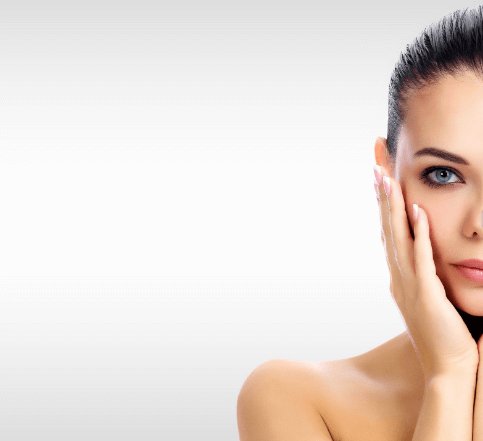

Updated: 1/5/2021 - We all know that Botox is a popular cosmetic treatment, but it also has many other benefits that can help to reduce pain from TMJ and migraines.

The temporomandibular joint (TMJ) acts like a hinge that connects your jaw to your skull. TMJ disorders can cause pain and tension in your jaw joint and in the muscles that control jaw movement. This can present itself as clicking or locking and may even result in headaches and migraines, as well as poor posture.
When you have a TMJ disorder, also known as TMD, you may experience pain in the joint itself or in the muscles that move your lower jaw. There's no single answer to what causes these problems in the temporomandibular joint, but some causes may include:
Grinding and clenching teeth
Poorly aligned bite
TMJ injured from an impact or trauma to the joint
Structural problems within the joint
Arthritis
Women aged 20 to 40 are more likely to develop temporomandibular joint dysfunction but men and women of all ages come to Northmount Dental Care for treatment.
The exact cause of a person's TMJ disorder is often difficult to determine, but at Northmount Dental Care, our NW Calgary dental clinic is specialized in assessing any issues you may have and helping you find solutions to the symptoms you may be experiencing. This may include treatment with Botox.
Botox is a neurotoxin protein, that has been proven to help treat symptoms of TMJ disorders. Our staff at Northmount Dental Care in NW Calgary can assess your situation and help you decide if Botox may be helpful for you if you are suffering from the following symptoms:
Jaw tension
Headaches due to teeth grinding
Lockjaw in cases of severe stress
Botox can also help you manage your migraine symptoms and reduce headaches.
In a study of adults who get chronic migraine headaches, Botox treatments reduced the total number of days clients had headaches. They also had more pain free days each month and they reported fewer days off work.
In another study, nearly half the people who took two rounds of Botox shots reported that the number of days they had a headache each month was cut in half. After five rounds of treatment, that increased to about 70% of the people.
Botox reduces pain caused by headaches by blocking neurotransmitters that carry pain signals from your brain and stops the chemicals before they get to the nerve endings around your head and neck.
The treatment for TMJ disorder is a non-surgical, outpatient procedure that is offered at our dental clinic in NW Calgary.
Each treatment session can take between 10-30 minutes. You could expect to have at least three injection sessions over the course of several months. You may require injections in different areas including your temple and jaw muscles. Depending on your symptoms and the severity of them, we will work with you to assess how many treatments you require.
If you don’t like needles, there’s no need to worry too much! You can use numbing cream or a cold patch to reduce the slight sensation that is similar to a bug bite or a small pinch.
Although some improvement can be felt within a day or two of treatment, it usually takes several days to feel relief. People who’ve had Botox treatment for TMJ can expect to return to their regular activities as soon as they leave their doctor’s office.
You should remain upright and avoid rubbing or massaging the injection sites for several hours after treatment. This helps prevent the toxin from spreading to other muscles.
To find out if Botox might be a suitable solution for your symptoms of TMJ or migraines, contact Northmount Dental Care today to discuss the options our NW Calgary Dental Clinic has to offer you.